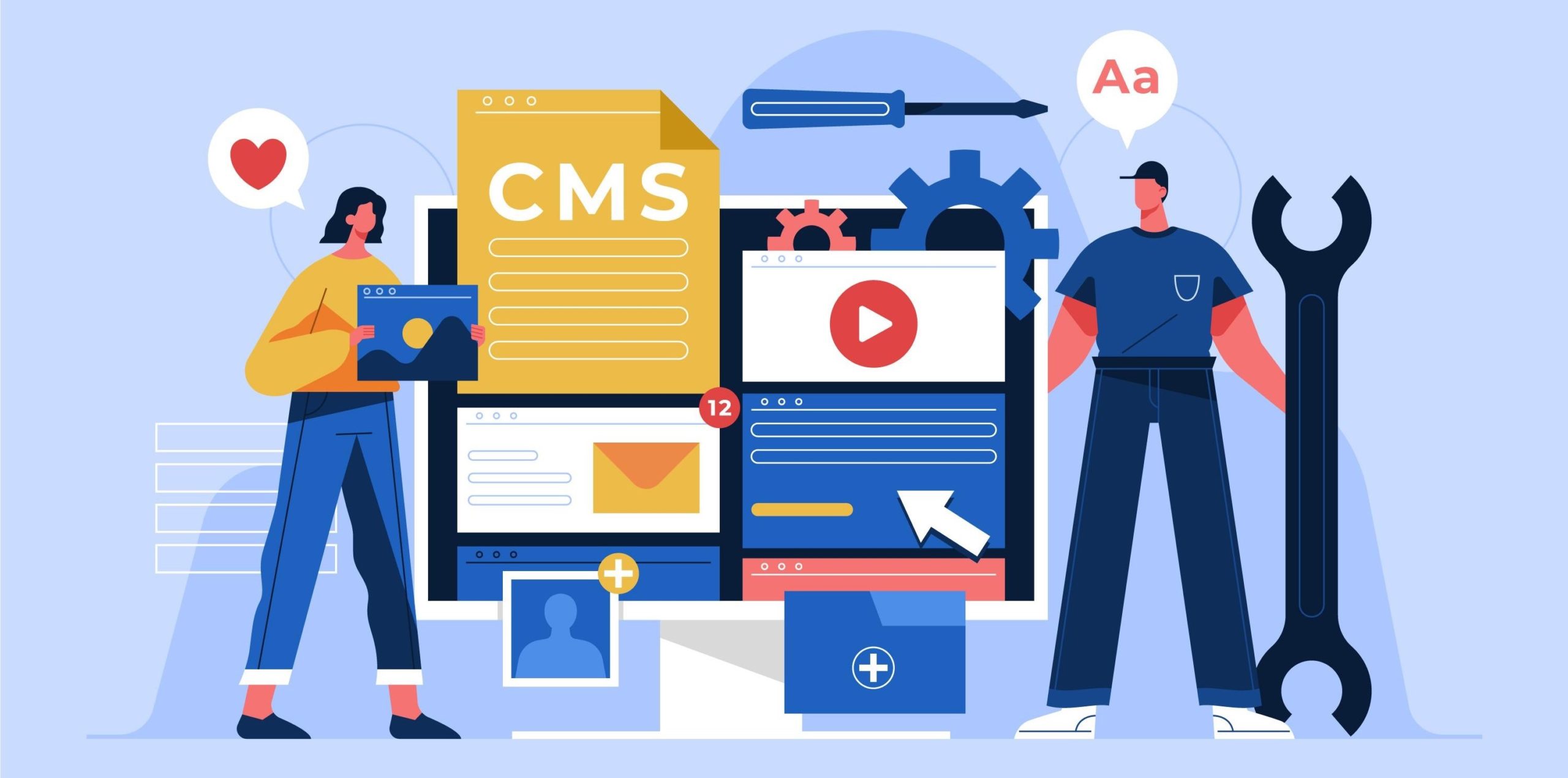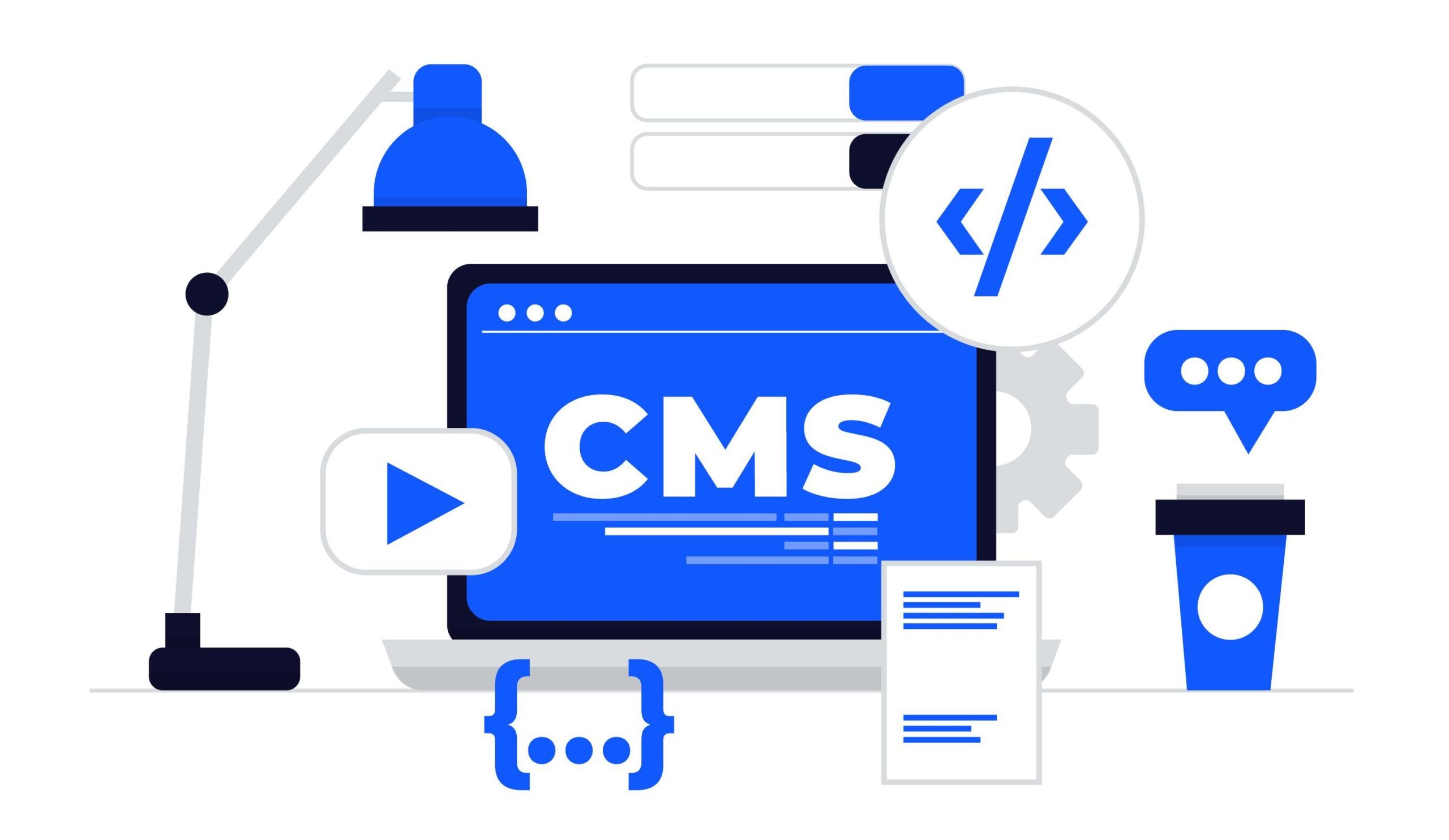CMS Options and Strategies
In the ever-evolving landscape of e-commerce, the role of Content Management Systems (CMS) is paramount. However, the emergence of headless e-commerce has altered traditional approaches to content management. Headless architecture separates the front-end presentation layer from the back-end content management, enabling greater flexibility and innovation in the way content is managed and delivered.
Traditional CMS platforms often come bundled with the frontend presentation layer, restricting flexibility and hindering innovation. Conversely, headless CMS options provide a more versatile approach, decoupling content creation from its presentation, thus empowering businesses to deliver content seamlessly across multiple channels and devices.
A major advantage of headless CMS lies in its ability to handle structured content efficiently. Unlike traditional systems, it allows content creators to develop and organize content in a modular and reusable format. This structured content can then be dynamically distributed to various touchpoints, offering a consistent brand experience.
Understanding Headless CMS
A Headless CMS provides content without any predefined structure or format, allowing developers to access content through APIs and deliver it across various platforms and devices. This decoupled approach to content management empowers businesses to deliver engaging experiences while remaining agile in a fast-paced digital environment.
Advantages of Headless CMS in E-commerce
Flexibility and Agility: Headless CMS allows content to be easily repurposed across different channels, ensuring consistent brand messaging while adapting to diverse devices and touchpoints.
Enhanced User Experience: With a decoupled CMS, developers can craft unique user experiences by leveraging the flexibility to design content for specific contexts.
Scalability and Innovation: By eliminating restrictions imposed by traditional CMS frameworks, headless approaches foster innovation, facilitating the integration of new technologies seamlessly.


CMS Options and Strategies
Several CMS options cater to the headless approach. Each CMS has its strengths and fits different business needs:
Contentful: Known for its simplicity and powerful API, Contentful is a popular choice for those looking to rapidly deploy content across multiple channels.
Strapi: An open-source headless CMS offering flexibility and extensibility, making it ideal for developers seeking customizable solutions.
Strategies for Implementing a Headless CMS in E-commerce
API-First Approach: Prioritize APIs as the foundation for content delivery. Ensuring robust APIs allows for seamless integration of content across various platforms and devices.
Content Modeling: Adopt a structured approach to content modeling. Define content types and relationships to maintain consistency and enable efficient content reuse.
Personalization and Localization: Leverage the flexibility of a headless CMS to personalize content for different user segments and localize it for diverse markets, enhancing engagement and conversion rates.
Integration Capabilities: Assess the CMS’s integration capabilities with other tools and platforms, such as analytics, e-commerce platforms, and marketing automation systems, to create a cohesive digital ecosystem.
Real-World Use Cases
Multi-Channel Content Delivery: A headless CMS facilitated a retail brand’s strategy to deliver consistent content seamlessly across websites, mobile apps, and IoT devices, enhancing the customer journey.
Dynamic Content Experiences: An e-commerce giant leveraged headless CMS to create dynamic and personalized content, resulting in increased user engagement and higher conversion rates.
Conclusion
In a rapidly evolving digital landscape, the adoption of a headless CMS in e-commerce empowers businesses to stay agile, deliver exceptional experiences, and adapt to changing consumer behaviors. Understanding the various CMS options and implementing effective strategies can redefine content management, fostering innovation and driving growth in e-commerce ventures.
This concludes our exploration into Content Management in Headless E-commerce. Stay tuned for more insights and in-depth analyses on emerging trends in the e-commerce domain.




